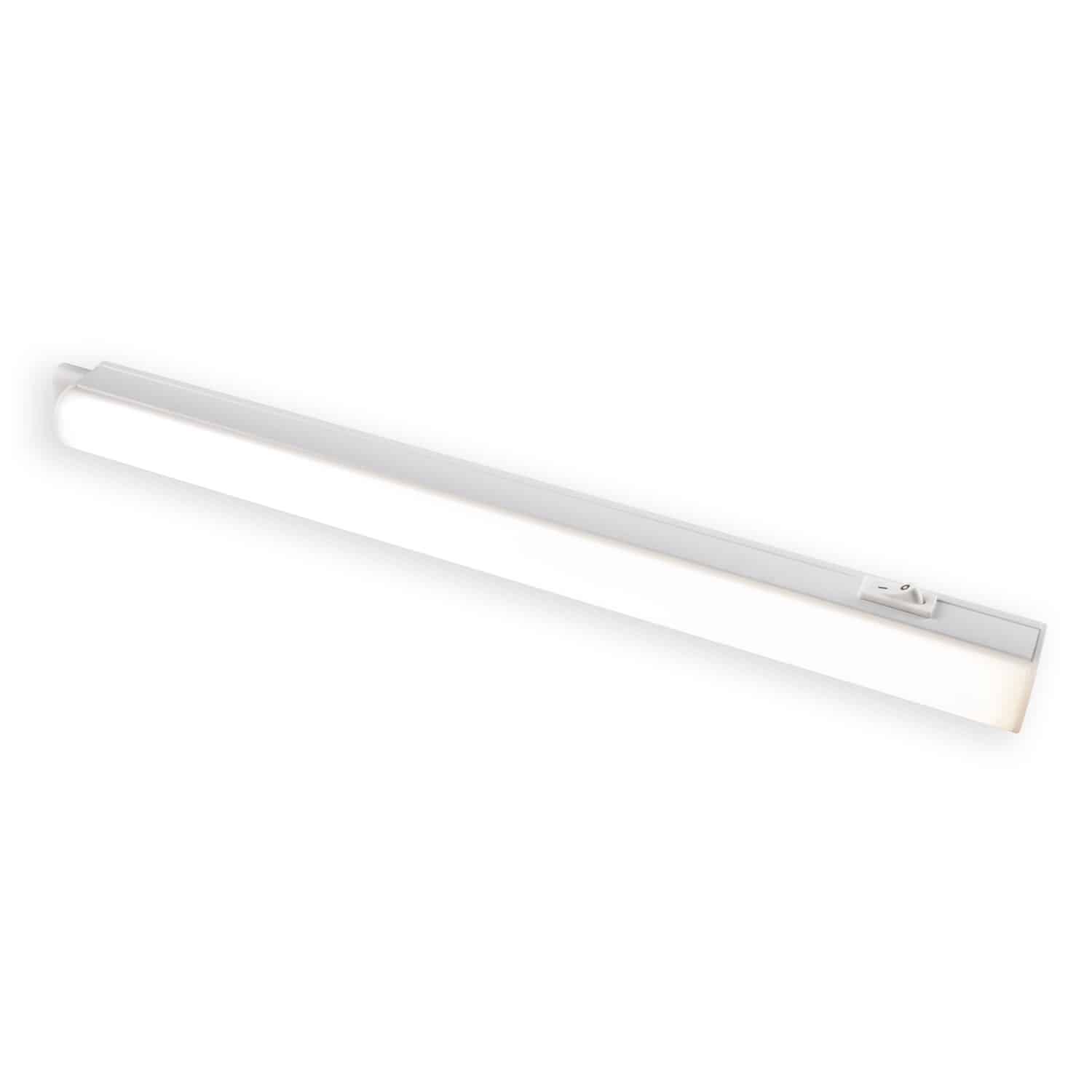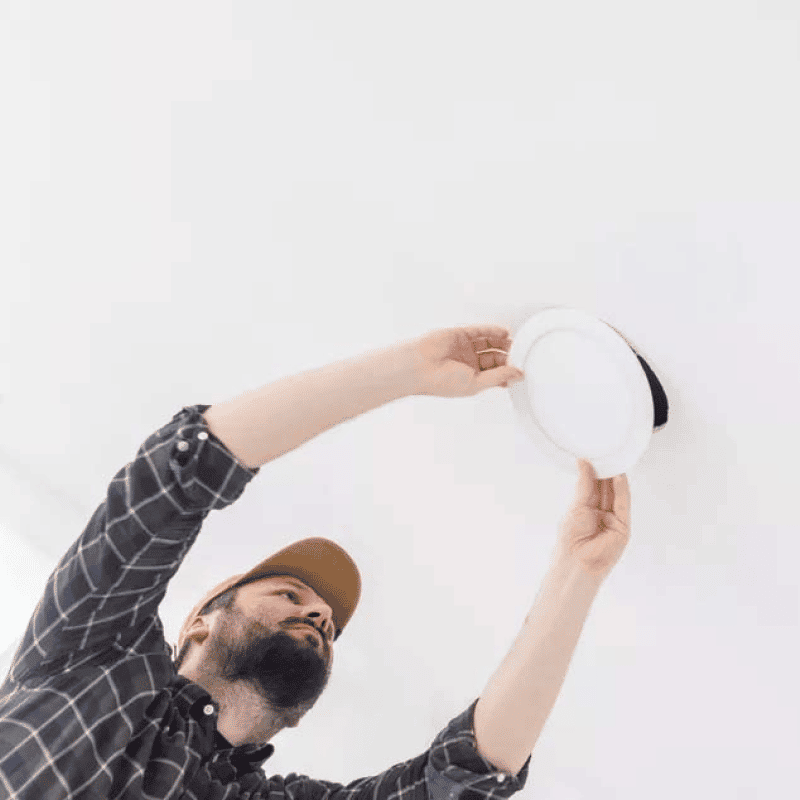How to Choose Recessed Lighting 101
Installing recessed lighting is one of the easiest ways to make an impact with statement lighting. Whether providing ambient light in a hallway or spotlighting your furniture, recessed lighting offers a number of subtle, versatile ways to illuminate your home. But with so many options for style, use, and placement, it can be difficult to know where to begin. Here’s everything you need to know, from selecting the lamp to voltage and ratings.
Type of Recessed Lighting You Should Consider
There are three main types of recessed lighting, all of which can be achieved with BAZZ fixtures.
Ceilings
Recessed downlighting, which means recessed lighting that points downward from the ceiling, is the most popular form of recessed lighting.
Walls
While most recessed lighting is installed within ceilings, you can also choose to install recessed lighting in your walls. In this case, you’ll want to direct your light downward, using an angled flange.
Ground
Ground recessed lighting is usually used outdoors to illuminate pathways or landscaping elements.
When & Where to use Recessed Lights
Recessed lighting is very versatile, and there are a number of ways you may choose to use it.
1) Ambient Lighting
First, you may use recessed lights to create ambient or general light in high-traffic areas, such as your kitchen. Here, recessed lighting is used to brighten a room that gets plenty of use, or to create a comfortable lighting atmosphere in more relaxed spaces.
2) Spot Lighting
Second, recessed lighting can be used to spotlight focal points in your home, such as an art piece or furniture item. When using recessed lighting to create an accent, lights should be placed at an angle of 30 degrees to avoid glare.
3) Wall Lighting
Finally, recessed lighting can be used for “wall-washing”: by placing a recessed light close to the wall, light bounces off the wall’s surface, creating a softer glow than would otherwise be seen with direct lighting. This can be used in spaces that are
The Components
Recessed lighting has two major components: the housing, and the trim.
The trim refers to what part of a recessed light is visible to those in the room. This is what gives your lighting its aesthetic.
The housing refers to the parts of a recessed light that are not visible: the light source, mounting, and electrical components.
The size of the trim and the housing of your recessed lighting correlate to one another.
The housing of your recessed lighting depends on whether it will be used in new construction housing, or a remodel. In new construction, recessed lighting housings are designed for visible ceiling joists and no drywall. For a remodel, housings are designed to be installed through a hole in the ceiling, and held in place with clips.
When selecting the right trim for your recessed lighting, it’s important to keep in mind the overall aesthetic you want to achieve with your lighting. A flangeless trim, like the one offered by BAZZ recessed lighting, is completely flush with the ceiling surface, and provides a subtle, modern look, that is compatible with any aesthetic.
Other recessed lights may feature a flanged trim, which is a thin flange that sits on the surface of your ceiling, and may offer the choice between a square or round aperture trim.
Choosing your trim will also require knowing how you want your light to function. Directional or gimbal trims will allow you to adjust your recessed lighting; directional trims give the most flexibility of the two. If you want a bright, unfiltered light, such as in a kitchen or bathroom, select open reflector trims. For softer lighting with a reduced glare, choose baffle rims, which have a ribbed interior to filter light, or specular rims, which have a mirrored interior.
What Lamp Shapes Should I choose?
The shape of your lamp will determine the direction in which light shines, making it another integral element of your room’s overall aesthetic. Most recessed lighting, including BAZZ recessed lighting, is integrated LED, meaning no lamp choice will be necessary. However, if you are in a position to select a lamp for your recessed lighting, there are four main choices:
The A Lamp is the most common type of lamp used for recessed lighting. It’s a standard choice, with no significant downfalls or advantages.
For spotlights, floodlights, and display lights, the R Lamp is ideal, as this type of lamp has a reflective surface inside, which points all light in one direction.
PAR (parabolic aluminized reflector) lamps have a long beam, making them ideal for task lighting.
Finally, MR (multifaceted reflector) lamps, with their tightly controlled beams, are perfect for accent lighting.
Basic Rules for Downlighting Size & Spacing for Each Room
In addition to aesthetic, you’ll have to use a little geometry to determine how to best use recessed lighting in each room in your house. All BAZZ recessed lighting features colour-changing downlights that can be adjusted between 2700 and 4700K
1) Living Room Light
For living rooms, low, ambient light is ideal for congregating and relaxing. To achieve this, space lights with a 2- to 3-inch trim size roughly 3 to 4 inches apart. Use a lamp with a narrow beam spread, and choose a lamp between 400-800 lumens with a colour temperature of between 2700-3000K.
2) Kitchen Light
Kitchens require bright ambient light, so choose lamps between 700-1200 lumens, with a colour temperature of 2700-3000K. Space lights with a 3- to 4-inch trim size between 2 to 3 inches apart.
3) Bathroom Light
Like kitchens, bathrooms require bright ambient light. Here, select lights with a trim of between 2.5 and 3 inches, and place lights between 2 and 3 inches apart. Choose a lamp with 700-1200 lumens per light, and a colour temperature of between 2700-3000K. Wet trims should be used.
4) Hallway
Hallways should feature low ambient light, with lights with a trim of between 2.5 and 3 inches spaced between 3 and 4 inches apart. Choose lamps between 400-800 lumens, and set your colour temperature between 2700-3000K.
5) Bedroom Light
Recessed lighting should be used sparingly in the bedroom: install one or two recessed lights beside a larger ceiling fixture, for instance, or use recessed lighting to spotlight an art piece you may have on display in your bedroom.
About Voltage & Rating
According to the Canadian Electrical Code, when a light fixture is placed in a ceiling filled with insulation, it requires an insulated contact (IC) rated fixture, which can come into contact with combustible material or blanketed with thermal insulation. All BAZZ recessed lighting is IC rated.
When choosing to install recessed lighting, you will need to know your home’s voltage. The standard house voltage in Canada is 120V, but there can be variances. You will also need to know whether you are using line voltage, low voltage, or integrated LED voltage housings.
Our best sellers


BAZZ Integrated LED Complete Directional 4″ Recessed Light Fixture Matte Black Dimmable 4CCT Kelvin select 2700-3000-4000-5000K + switch


BAZZ 12 in. White and Chrome Linear LED Under Cabinet Light








